
TLS 1.3 Everything you need to know
The TLS Handshake, short for Transport Layer Security Handshake, serves as a protocol for initiating and establishing a secure connection between a client and a server, ensuring that the data exchanged between them remains confidential and tamper-proof. It has its roots in the Secure Sockets Layer (SSL) protocol, which was its predecessor.

What is SSL/TLS Handshake? How Does TLS Work? Quick Guide
The Transport Layer Security (TLS) protocol is the standard for enabling two networked applications or devices to exchange information privately and robustly. Applications that use TLS can choose their security parameters, which can have a substantial impact on the security and reliability of data.

What happens in a TLS handshake? SSL handshake Cloudflare
An SSL handshake defines a connection between two devices, such as your browser and the server that supports the website you want to visit. The word "SSL" in SSL handshake is a misnomer. The secure sockets layer (SSL) protocol is old, and people rarely use it these days. Now, most devices use transport layer security (TLS).
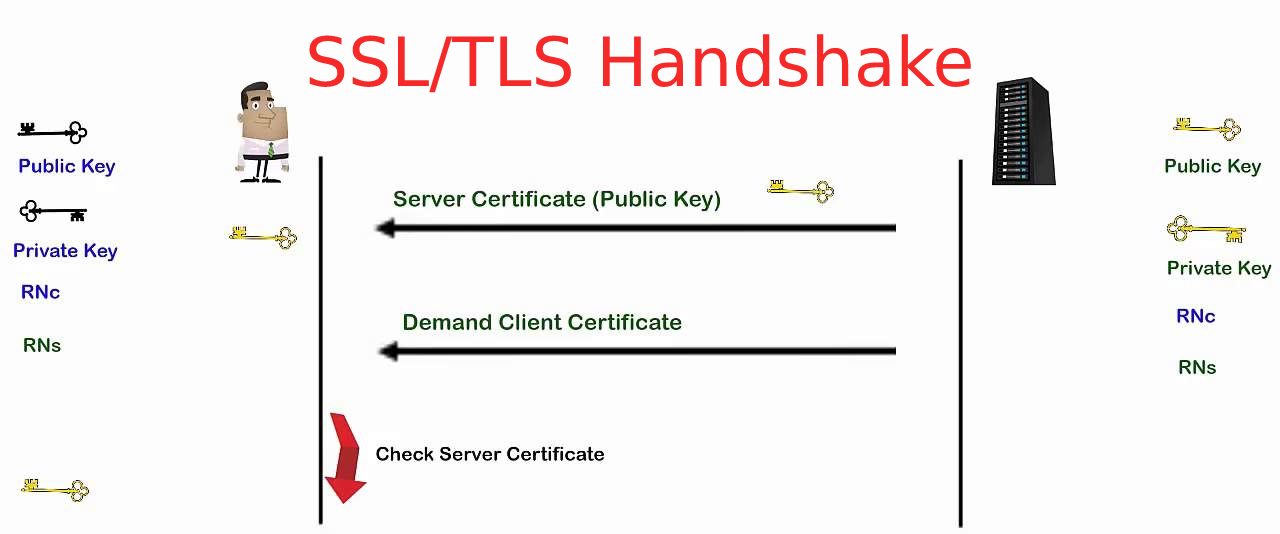
Tìm hiểu kiến thức cơ bản về SSL/TLS Handshake BKHOST
The TLS (SSL) handshake is one layer of the TLS protocol, and its purpose is to authenticate the other party and establish secure parameters for the data exchange. The other major layer is the TLS record, which uses the parameters set up in the handshake to safely send the data between the parties. It transmits this data in packets called records.
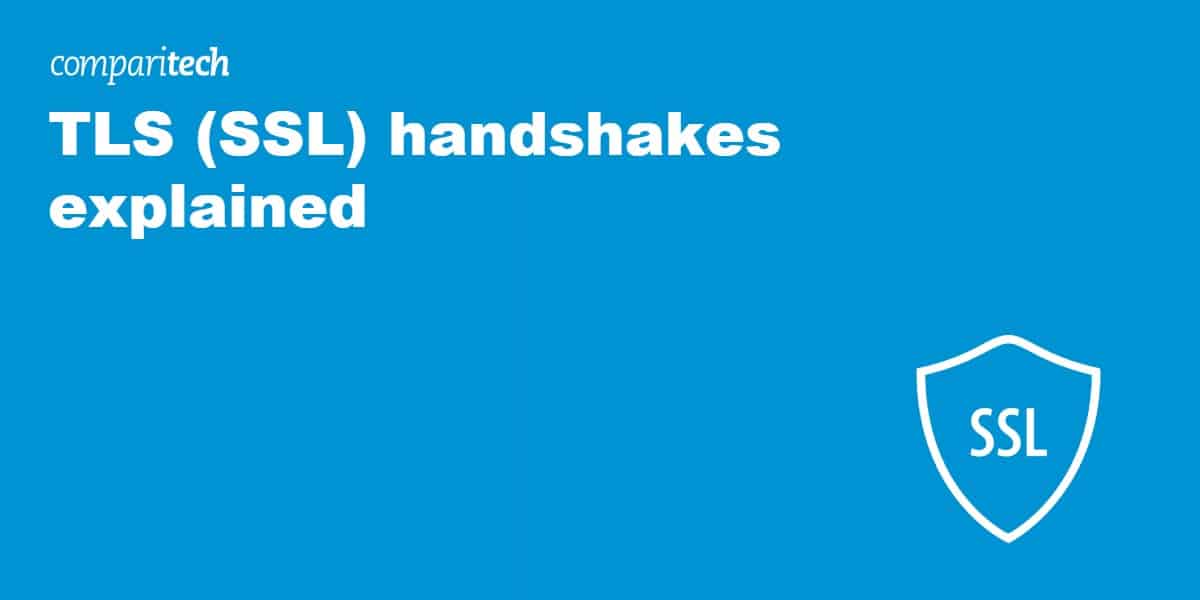
TLS (SSL) Handshakes Explained Online Security Protection
SSL/TLS Handshake: Ensuring Secure Online Interactions - SSL.com SSL/TLS Certificates Basic Premium High Assurance Enterprise EV Wildcard SSL/TLS Multi-domain UCC/SAN Enterprise EV UCC/SAN Smart SeaL Overview Code Signing Certificates Code Signing EV Code Signing Email, Client, and Document Signing Certificates Secure Email (S/MIME)
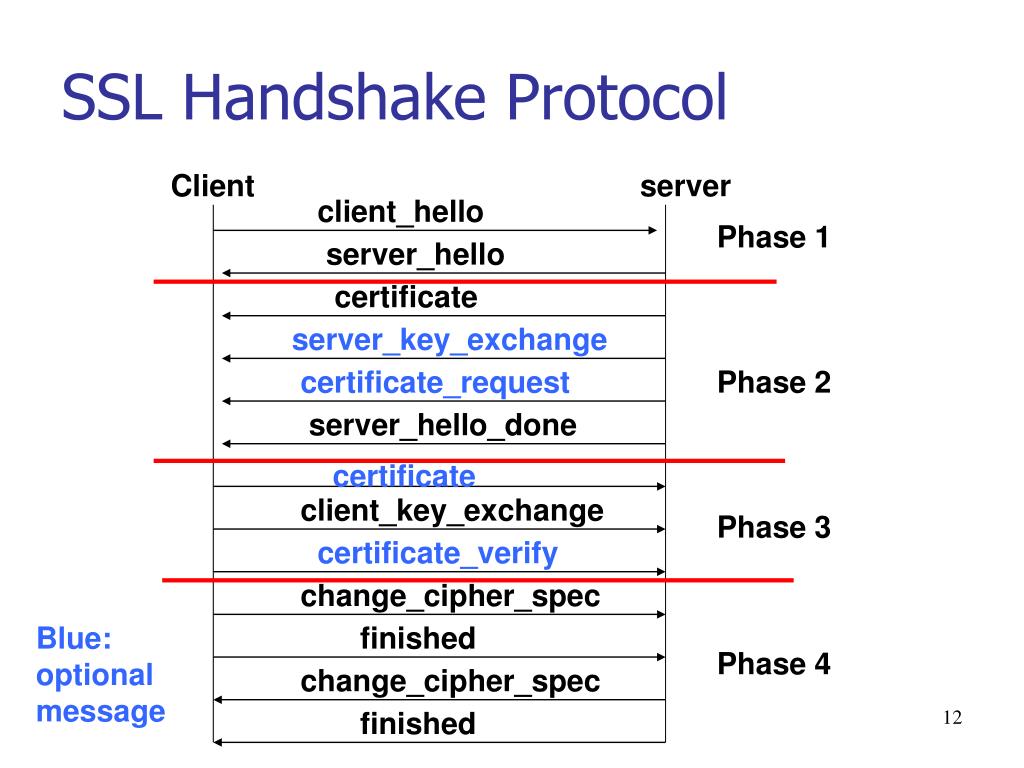
PPT SSL/TLS PowerPoint Presentation, free download ID4370587
A TLS handshake is the process that kicks off a communication session that uses TLS. During a TLS handshake, the two communicating sides exchange messages to acknowledge each other, verify each other, establish the cryptographic algorithms they will use, and agree on session keys. TLS handshakes are a foundational part of how HTTPS works.
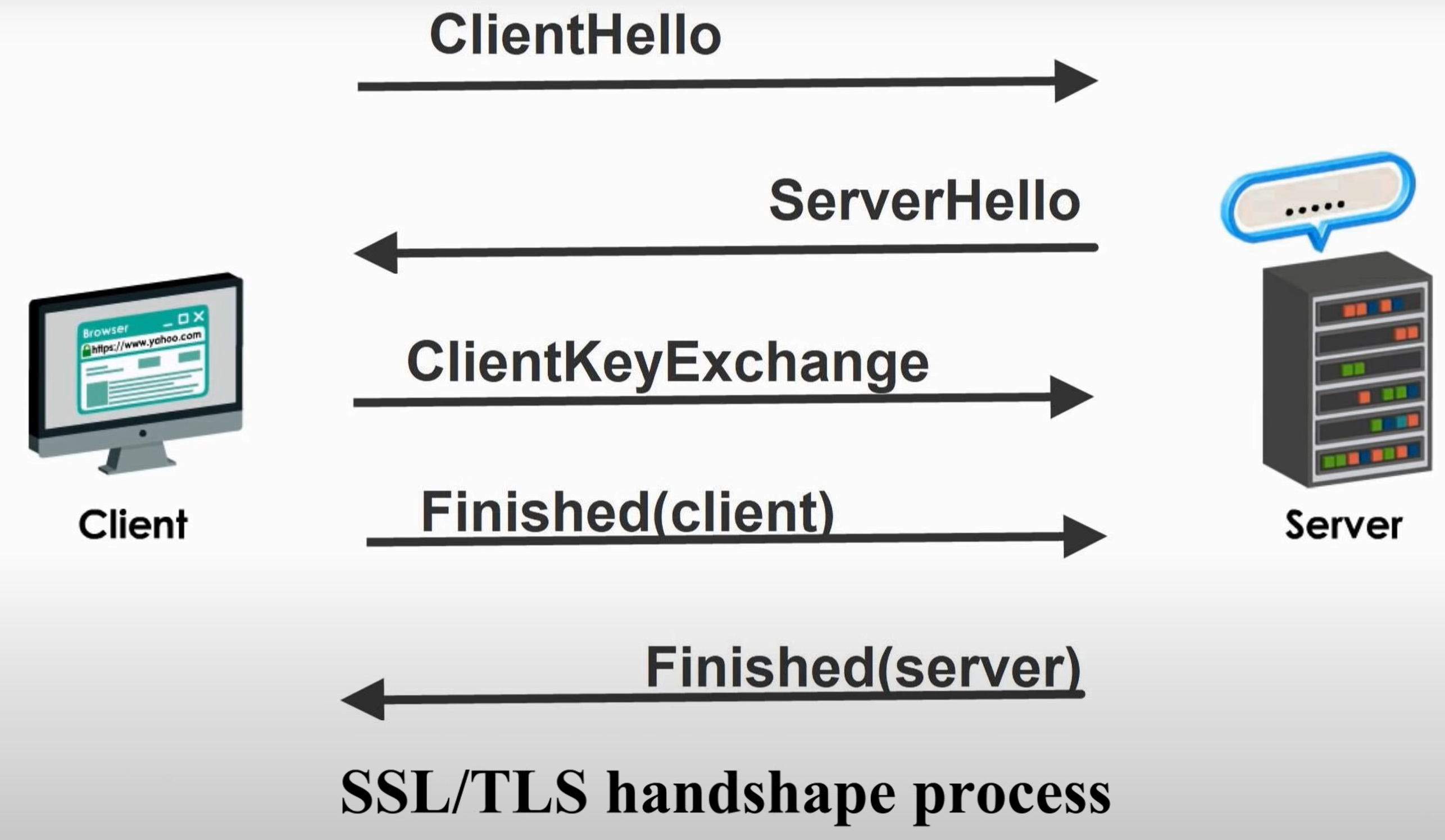
SSL/TLS Handshake Protocol Di Lin's Blog
What is SSL/TLS Handshake? The SSL and TLS handshake establishes a system for SSL/TLS clients and servers to start communication between them in other words it is a negotiation between two parties on a network. Handshake Protocol is used to establish sessions.
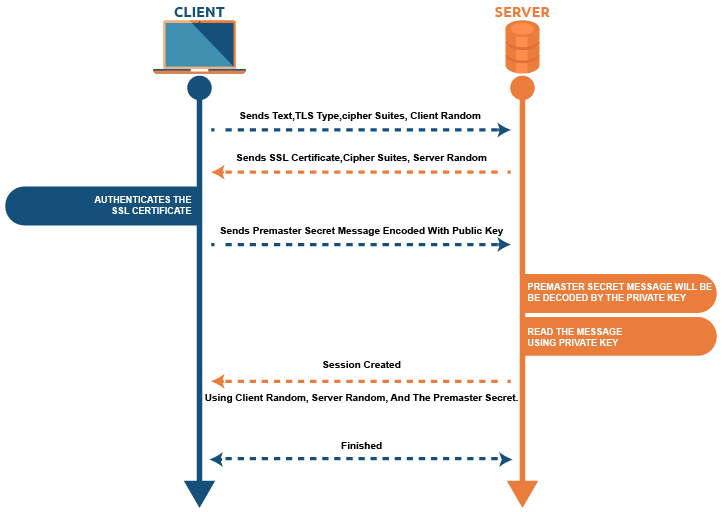
SSL/TLS handshake the detailed process and how it works DevOps Technology Stack
The SSL/TLS handshake involves a series of steps through which both the parties - client and server, validate each other and start communicating through the secure SSL/TLS tunnel. SSL Handshake Explained The reason it's called a handshake is that it's when two parties - client and server come across each other for the first time.

An overview of the SSL Handshake Robert van Rijn Medium
SSL/TLS handshake: Step by step. Based on the sort of key exchange method utilized and the cipher suites endorsed by both parties, the exact stages inside a TLS handshake can differ. The user starts the handshake process by sending a "Hello" message. This message contains the TLS type and cipher suites that the user supports.

TLS/SSL Protocol and Handshake Process YouTube
What is SSL/TLS Handshake? SSL/TLS handshake is an arbitration made between the browser and the server for establishing the connection details. Since TLS replaced SSL before some time, all SSL handshakes are now defined as TLS handshakes. Both these parties decide on the below steps: TLS version which is to be used
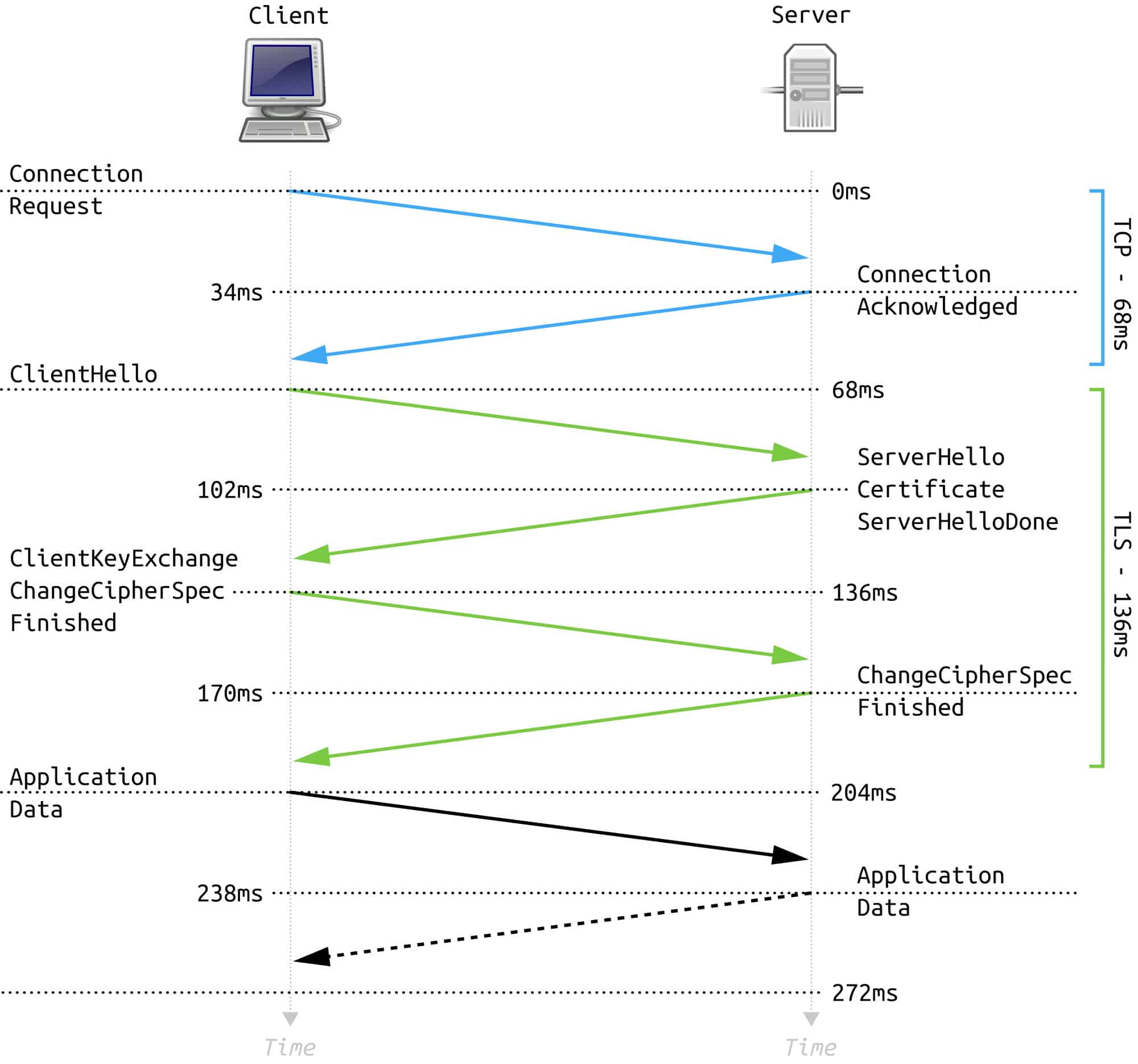
What is TLS encryption and how does it work? Comparitech
An SSL handshake defines a connection between two devices, such as your browser and the server that supports the website you want to visit. During an SSL handshake, the two devices determine: What security version both parties will use What type of encryption will protect the information How both parties are verified

SSL & TLS Best Practices
The TLS/SSL handshake process. Each TLS certificate consists of a key pair made of a public key and private key. These keys are important because they interact behind the scenes during website transactions. Every time you visit a website, the client server and web browser communicate to ensure there is a secure TLS/SSL encrypted connection..
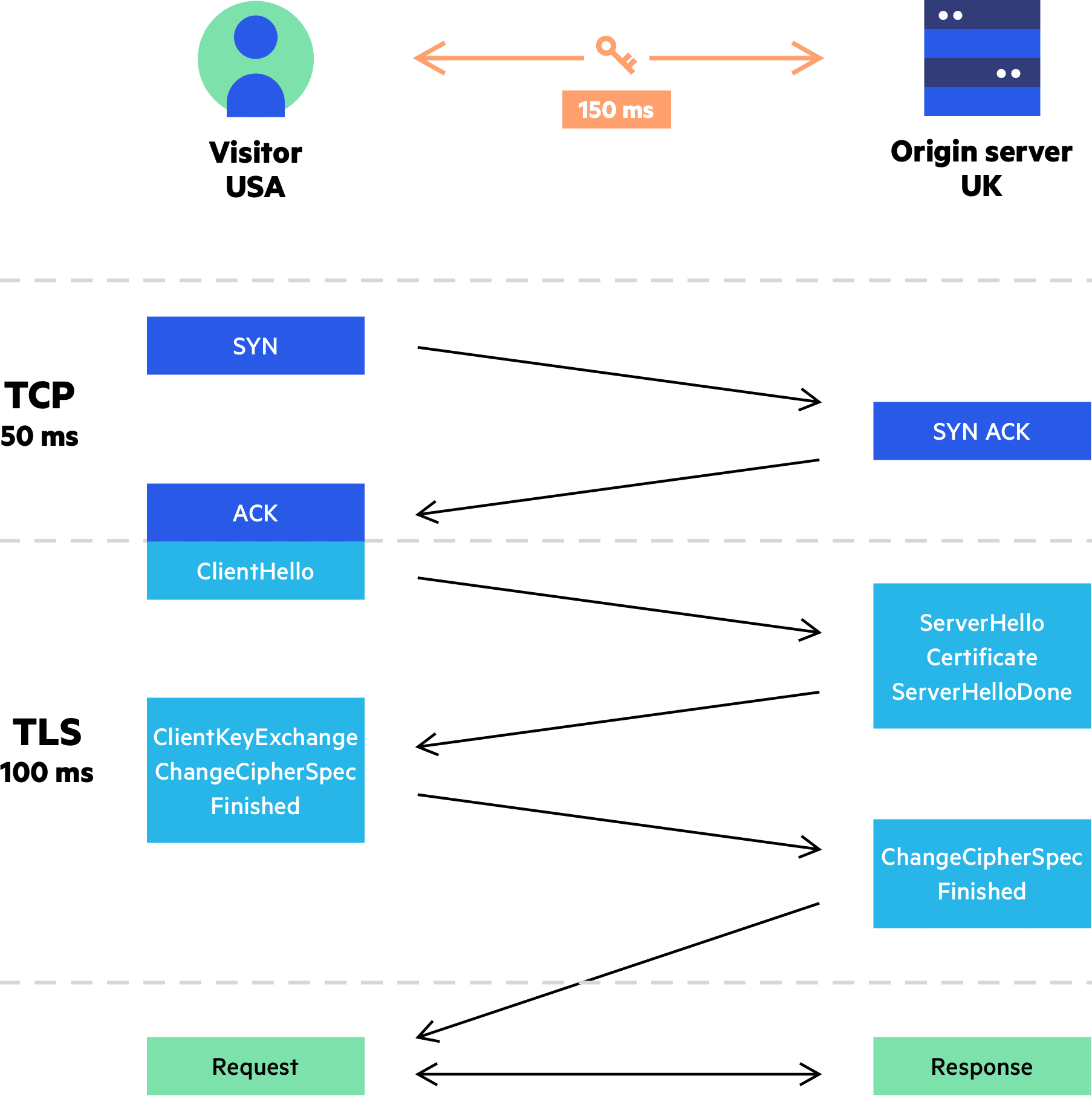
Imperva CDN Guide The Overhead of SSL/TLS Handshake
The SSL or TLS handshake enables the SSL or TLS client and server to establish the secret keys with which they communicate. This section provides a summary of the steps that enable the SSL or TLS client and server to communicate with each other. Agree on the version of the protocol to use. Select cryptographic algorithms.
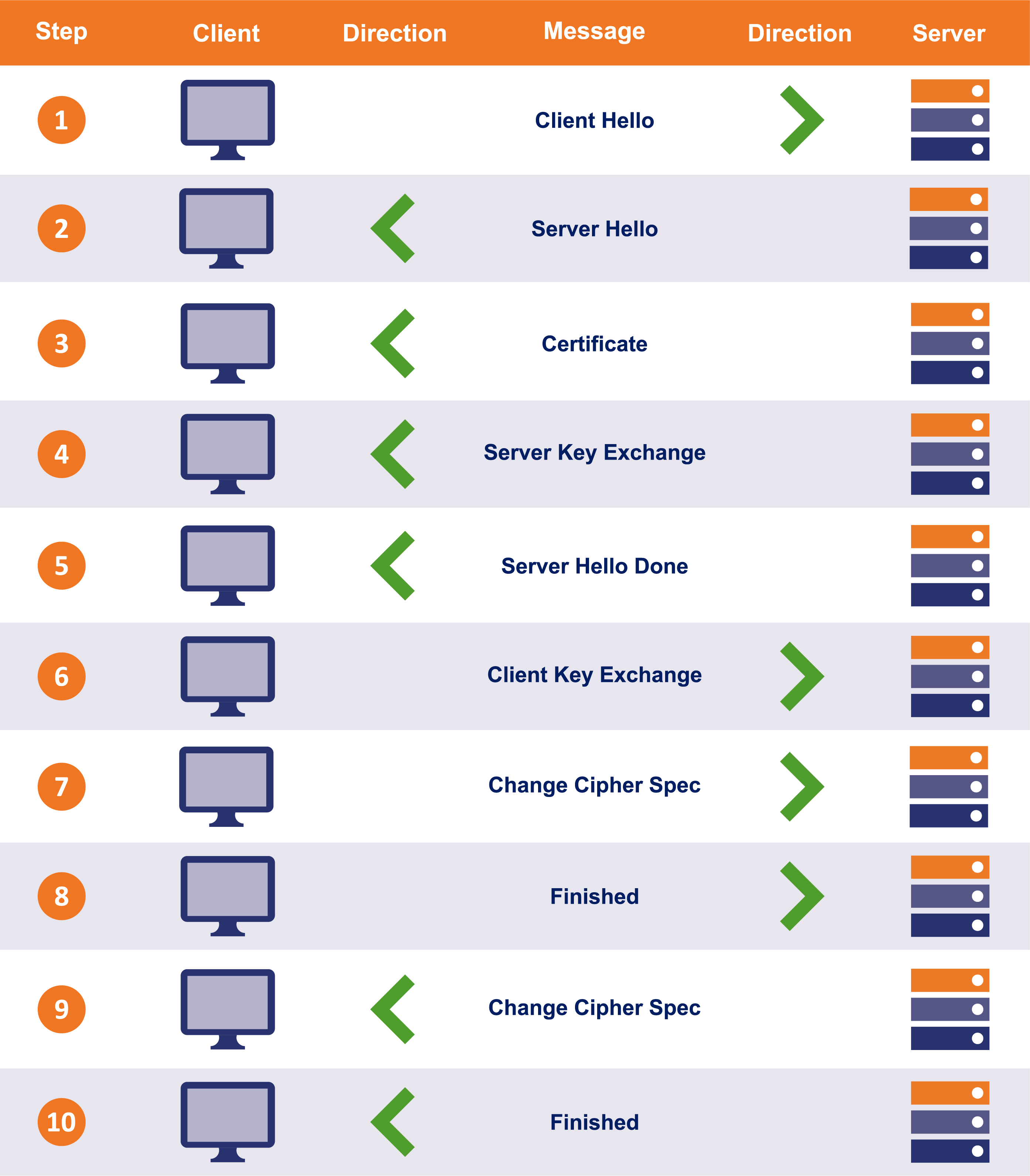
The TLS Handshake Taking a closer look Hashed Out by The SSL Store™
The simple way of looking at the SSL/TLS handshake is that it's a communication process that enables two parties to communicate securely on the internet. This is done by enabling the use of the secure hypertext transfer protocol (HTTPS) (instead of relying on the insecure traditional HTTP) by forming a TLS connection.
The SSL/TLS Handshake Know the Process
What Is the TLS 1.3 Handshake? TLS 1.3 eliminates several steps, reducing the round trips between client and server from two to just one by combining the client and server hello messages. The client sends a 'Client Hello' with its supported cipher suites and a random number. Instead of waiting for a server hello, the client sends its key share and predicted cipher and server certificate.

TLS handshake protocol Download Scientific Diagram
A TLS encrypted connection is established between the web browser (client) with the server through a series of handshakes. In this article, I will explain the SSL/TLS handshake with Wireshark. HTTPS Connections Steps Client Hello Server Hello Server Key Exchange Client Key Exchange Change Cipher Spec Encrypted Handshake